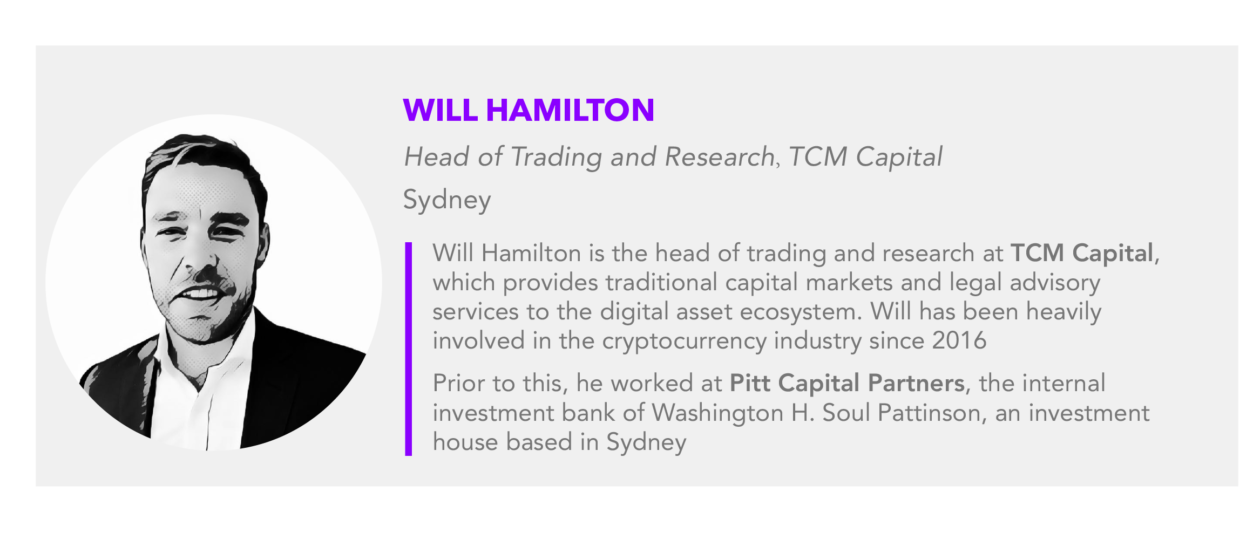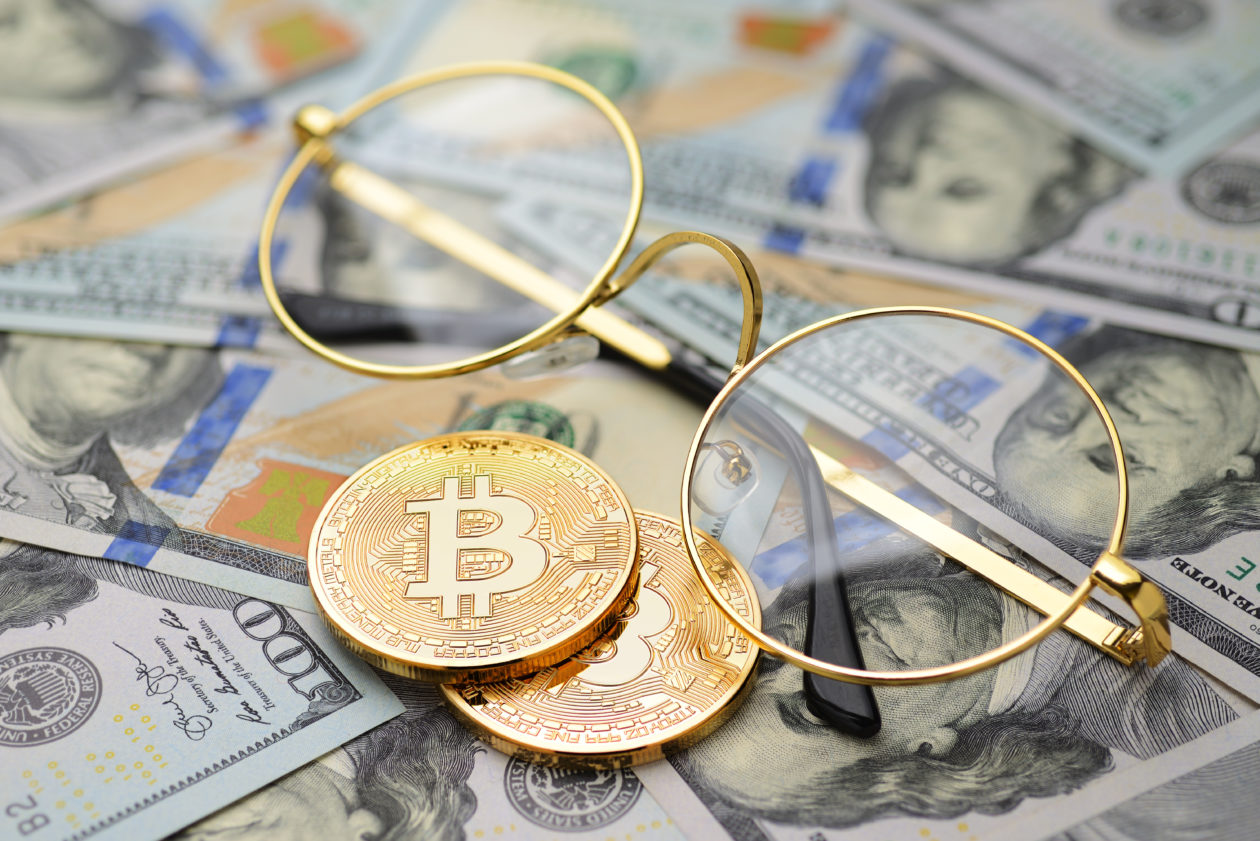Decentralized finance, or DeFi, is already level-pegging with global multinational financial companies in terms of market capitalization and daily volumes. The originally experimental, open-source software for automated peer-to-peer finance has burgeoned into a significant global industry in just one year.
New DeFi entrants were initially dwarfed by the gigantic incumbents of the industry — the centralized, institutional, corporate providers of financial products and services. But what started as a David vs. Goliath contest has become an interesting tussle of new against traditional financial technology.

Similarly to a traditional asset management business, DeFi protocols, by and large, have value prescribed to them based on their AUM. In the world of DeFi, this is known as Total Value Locked (TVL) — the amount of capital deposited by users to earn a yield on their tokens.
Currently, the DeFi sector has an estimated TVL in excess of US$156 billion in lending, exchanging and liquidity pools. Major DeFi protocols include AAVE, Curve Finance and Compound Finance as well as Uniswap and SushiSwap.
If the TVL for decentralized finance tokens, apps, and protocols continue to appreciate as rapidly as it has — alongside developers improving the tooling for scale and mainstream use — DeFi looks to be the next exponential leap forward in global finance, not unlike the rise of the internet, smartphones and cloud computing.
One of the main reasons for DeFi’s exponential rise is its decentralized nature. The sector harnesses the blockchain as a single source of trust, rather than relying on regulators and central governing bodies who can restrict market access and innovation. As a result, DeFi is drawing a tremendous amount of talent from the traditional finance industry who perceive the sector as a natural next step in the evolution of finance.
From a Utopian perspective, on its current trajectory, DeFi looks set to eliminate the need for almost 90% of all the material TradFi offerings. For that vision to come to fruition, however, the sector needs to overcome, or side with, powers like the central banks, governments — all of whom pull all the purse strings of the world’s economies. Of course, there will be resistance from these financial incumbents, but in the end, money should flow to those products most innovative and efficient to the end consumer.
However, regulators and DeFi products are currently at somewhat of a crossroad. There is, in fact, no current legislation that accommodates the products we are seeing coming out of DeFi. Old legislation used for traditional finance will simply not work, purely by the nature of the digital asset space as a whole. This clash can most clearly be seen now through the SEC looking to regulate digital stablecoins like USDC as they believe them to be “securities.” This fight has only just started and I suspect we will see a lot of digital asset rulings come out of the courts, as we did in Canada regarding their listed Bitcoin ETF.
However, while DeFi may pose an existential threat to its TradFi counterparts, coexistence isn’t being ruled out — and neither should it be. In order to stay relevant and offer their clients the best possible service, banks and financial institutions should embrace DeFi and integrate the sector into their offerings.
Allowing the masses safe and regulated access to DeFi would put traditional financial institutions back in the driving seat and make the DeFi sector largely more consumer-friendly. While thoughts of bank-sanctioned access and imposed regulation would likely turn the hardcore DeFi proponents off, it may be a necessary “evil” if DeFi is to move from the fringe to the mainstream.
Ultimately — and somewhat ironically — while DeFi continues to slowly consume TradFi, one might not be able to survive without the other.




